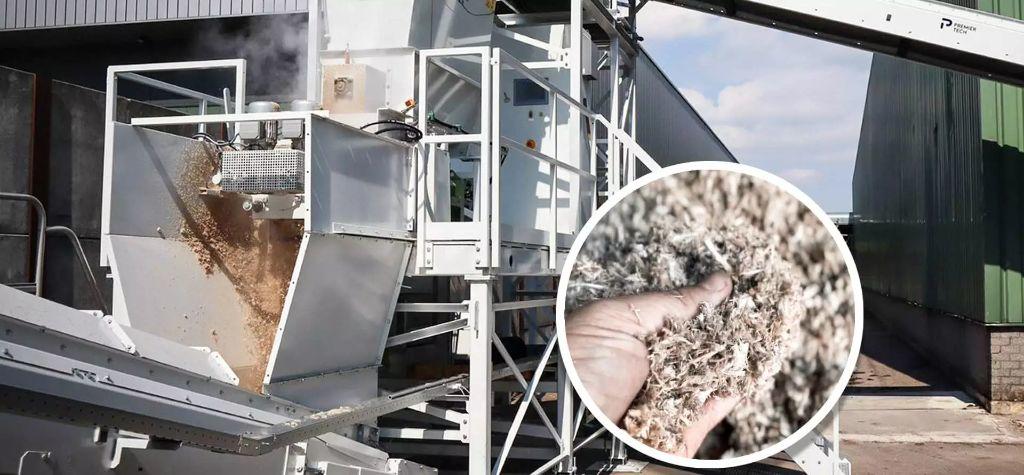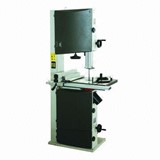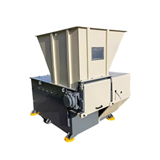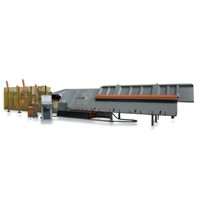Studies indicate that the global demand for growing media will triple in the next 25 years. This surge in demand is expected to support food production for the growing population and the increasing popularity of home gardening activities.
While peat moss remains the primary material used, there are concerns about the industry's ability to meet the demand. This is due to challenges related to accessibility, rising costs, and environmental considerations.
To address these challenges, wood fiber has emerged as a promising solution to complement soil mixes. Predicted to grow twelvefold over the same period and reach 800 million cubic feet per year, it marks a notable transformation in substrate production.
As more research is conducted and commercial offers begin to emerge, let's delve into the various technologies available for wood fiber production.
But before that, let's take a closer look at the current landscape of the horticulture industry.
The Growing Media Industry Landscape
The Growing Media industry, particularly the peat sector, faces various challenges related to sourcing, processing, and shipping materials required by growers.
Rising transportation costs, weather fluctuations, and peat scarcity intensify the strain on peat availability. Moreover, regulations surrounding wetland protection are getting stronger and consumer perceptions are evolving.
Despite these challenges, growers and the industry are exploring alternative raw materials to complement peat mixes. Wood products transformed into fiber are gaining attention as a promising choice.
Why Use Wood Fiber in Substrate Mixes?
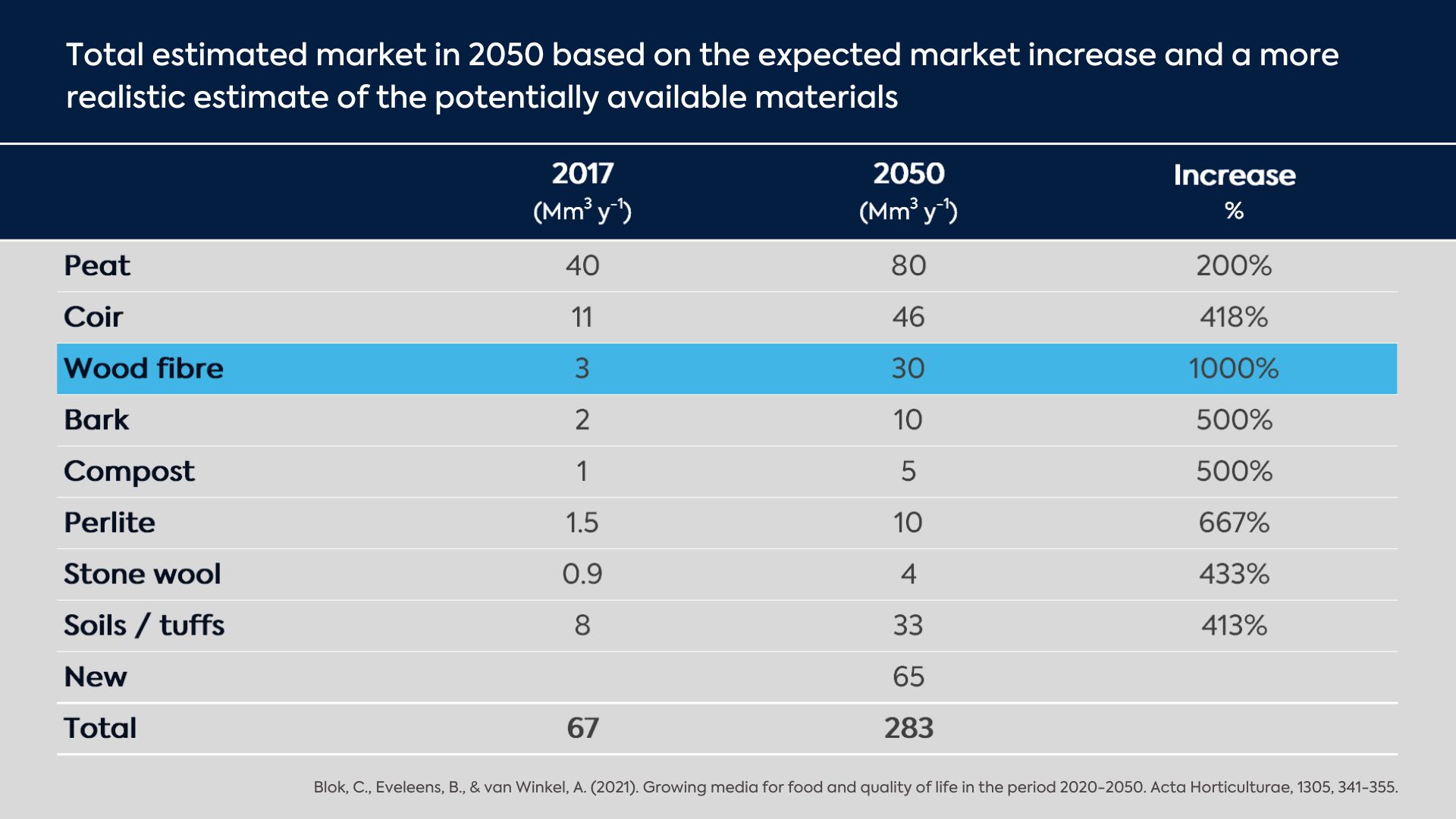
Over the coming years, wood fiber is expected to become the fastest-growing segment in alternate media. With a projected increase of 1000%, its usage would become prevalent. With that in mind, how can growers effectively address this growing demand?
Wood fiber can present cost-effective advantages as well as some interesting agronomic benefits.
Cost-effective advantages
Sourced locally from renewable wood by-products, it reduces transportation costs and provides versatility. Indeed, diverse wood species, including softwood, forest residues, bark, and compost wood overflow, can be effectively utilized.
Agronomic benefits
Depending on the wood species and production method, wood fibers offer varying levels of blending ability and stability. They maintain structural resilience and volume when mixed with other materials.
Aeration and high oxygen diffusion rate, as well as good water dispersion capacity of the mix are promoted benefits of using wood fibers into growing media.
Wood Fiber Production Technologies
When it comes to producing wood fiber, various technologies are already on the market. Extruders, refiners, and hammer mills offer different results.
Extruders
Extruders use two large screws working against each other to crush wood chips and create fibers. This process generates heat that sanitizes the fibers.
Pros
- Provides good quality fiber with mixable properties
- Sanitized fibers due to friction-based process
- High output for large-scale production
Cons
- High capital and operational costs due to the size of the units
Refiners
Refiners from the Paper and Pulp industry offer extensive control over the produced fibers. The process involves milling plates that create longer and finer fibers, with chips normally heated before processing.
Pros
- Good control over fiber characteristics
- High output, adapted for large-scale production
- Fiber sanitation through heat
Cons
- High investment, operational, and maintenance costs
- High energy consumption
- Sensitivity to contaminant or damages
Hammer Mills
Hammer mills create a fluffy material by impacting wood chips. However, it produces fewer fibers compared to extruders and refiners.
Pros
- Lower capital costs
- Suitable for smaller operations
Cons
- Less effective with high-moisture content material
- No fiber sanitation since very little heat is generated by the process
Which technology should you choose?
Although various technologies exist, finding the right balance between production capacity, investment, and maintenance costs is more difficult.
At Premier Tech, we have developed on-site wood fiber production equipment to help growing media producers accelerate their production.
Premier Tech's Wood Fiber Production Solution
Our patented machine combines elements of extruders and refiners but operates at a smaller, more accessible scale for on-site wood fiber production.
Pros
- Suits small-to-large scale production
- Significantly lower energy consumption
- Easy and cost-effective maintenance
Additionally, the SLOOTWEG BPE Series Wood Fiber Machine presents other advantages listed below.
Additional advantages
Versatility
The machine processes various wood by-products, from softwood chips to forest residues and composted wood. It produces structurally resilient fibers with an expansion ratio of up to 3.5, along with excellent water dispersion capacity for root development.
Cost-effectiveness
Efficiently processing up to 12 cubic meters (15yd3) of material per hour, the machine consumes a lot less energy per cubic meter produced than typical refiners. Its patented design reduces maintenance and investment costs, offering a cost-effective choice for producers.
Scalable
Compact and rugged, the equipment installs seamlessly next to mixing lines. Its modular design ensures scalability, accommodating increased production needs by adding units.


